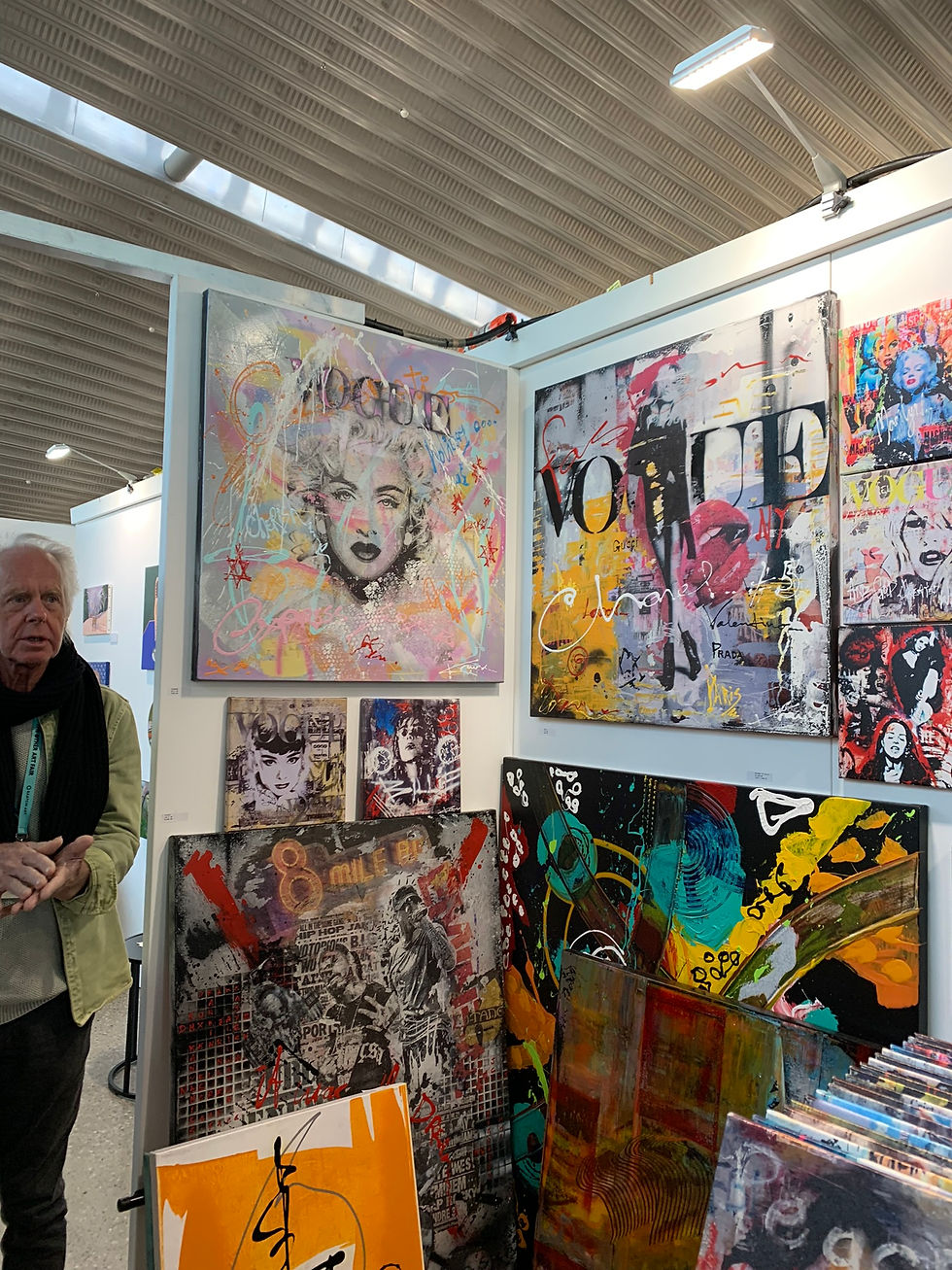Tips on How to Create a Successful Art Fair
- Kadira

- Jul 14, 2024
- 3 min read
Art Fairs and Festivals: How Can You Get Involved
Art fairs and festivals can be excellent opportunities for artists to showcase their work, connect with potential buyers, and network with fellow creatives. However, getting involved in these events requires careful planning and preparation. Here's how you can increase your chances of success in the world of art fairs and festivals:

Begin with Research
Start by researching art fairs and festivals. Not all artfairs are created equal. Find ones that align with your artistic style and goals. Visit local events and explore online resources like ArtFairInsiders.com and ArtFairCalendar.com to find suitable opportunities - these are US sites.
If you are in Australia - check out this link: ART FAIRS AUSTRALIA Pay attention to the event's description, target audience, and participating artists to ensure your work fits well with the fair's theme and quality standards.
Once you've identified potential events, carefully read the prospectus and application requirements. Submit exactly what is asked for, including the correct file types, sizes, and number of image submissions. Pay attention to the order of your submitted images, as jurors often make quick decisions. Aim for a "wow" impact with your first few images to capture their attention.
The Booth
Many fairs require a booth shot as part of the application process. Set up a mock display in a well-lit area, preferably on a cloudy day to avoid harsh shadows.
If you are doing this, ensure your booth conveys your style and the scale of your work. Use a white canopy and make all three walls visible in the picture. Avoid clutter and distractions, focusing on presenting your art in the most professional and appealing manner.
If this is your first rodeo, try and send some photos that simulate an indoor art fair booth or even a gallery setting if it is an indoor venue.
Visit several art fairs and note what other artists have done with their booths. How can you make your booth stand out? What might you do differently?
Consider your booth's layout carefully. You want to ensuring it's welcoming but not too comfortable for lingering visitors. Booths are small spaces, you want people to move through and if possible take a flyer, post card or business card with them.
Consider having QR codes against each work for people to find out more about them and you.
A video of you working in the studio can be set up on a laptop or an iPad to share your process with people.
Consider something to sit on - the days are long and gruelling.

The Application
Organize your images, artist statements, and other required documents well in advance. This will help you avoid last-minute rushes and ensure you submit high-quality applications consistently.
Can you talk to other artists who have successfully applied before?
Visit art fairs as an attendee to observe and learn. Talk to participating artists, especially those with work similar to yours, to gain insights into their experiences and strategies. Most artists are willing to share information and advice with newcomers.
Other Thoughts
Begin with smaller, local shows to gain experience and make your initial mistakes in a less high-stakes environment.
As you become more comfortable and successful, gradually work your way up to larger, more prestigious events.
Maintain detailed records of your expenses and sales for each event. This will help you determine which fairs are most profitable and worth repeating.
Why do you Want to do an Art Fair?
Doing an Art Fair can be a great way to expand your contacts and get more people on your mailing list.
Always have a mailing list signup sheet available at your booth. Your list of contacts is crucial for future marketing and sales opportunities.
During the fair, focus on selling your work. Avoid long conversations with family and friends, and be prepared to engage with potential buyers.

Will you try and cram as many paintings into the space as you can or ....
Try a more relaxed approach like the booth below?

By following these steps and continuously refining your approach, you can increase your chances of success in the competitive world of art fairs and festivals. Remember that building a reputation and finding your niche takes time, so be patient and persistent in your efforts.
Citations:
[1] https://www.artworkarchive.com/blog/how-to-get-accepted-to-more-art-fairs
[2] https://reddotblog.com/how-to-succeed-at-art-shows-and-festivals-21/
[3] https://www.magazine.artconnect.com/resources/participating-in-art-fairs
[4] https://www.artshub.com.au/news/opinions-analysis/top-10-tips-for-blogging-an-arts-event-196697-2310370/













コメント